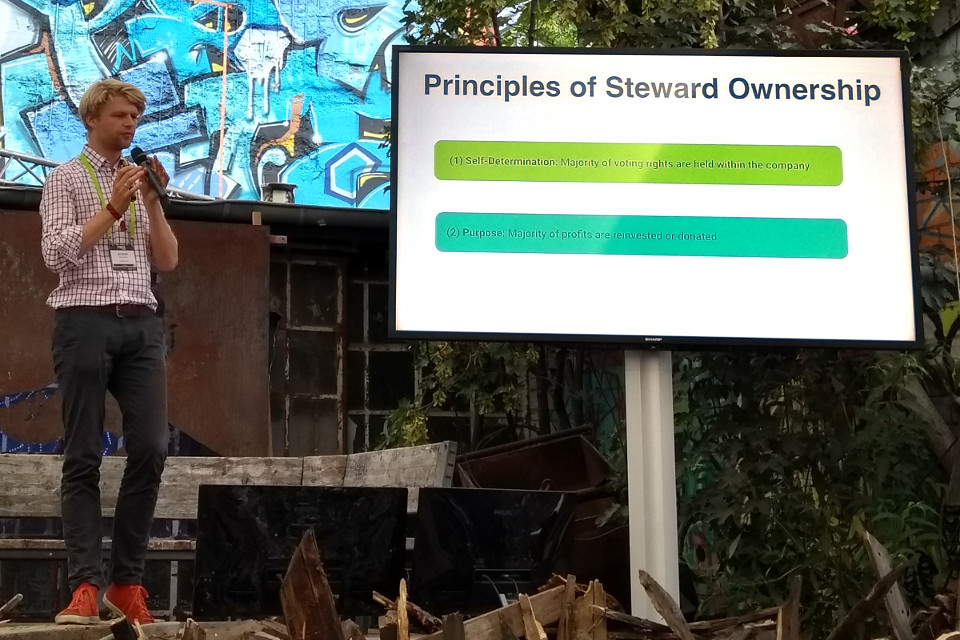Can you imagine a near future where social media and the online experience are seamlessly integrated in your daily, physical life?
Can you imagine your tweets and public Instagram posts appearing as ephemeral “graffiti” on the growing number of digital displays you encounter on your commute, while shopping, even in public restrooms?
Can you imagine a handshake at a conference being enough for LinkedIn to propose to connect you to the other party?
Can you imagine a brick-and-mortar retailer greeting you where you left off your online search and assisting you on your in-store customer journey just the way you like to shop?
Mobile phones have blurred the line between “online you” and “real-world you”. The Internet of Things will almost certainly erase the line between the digital self and the physical self. It is therefore likely that you can imagine a near future where your online presence routinely influences your real-world experiences. Now, pause for a moment to decide how confident you feel about the corporate giants of social networking and technology delivering you that future. Hold that thought.
At reelyActive, we envisaged this future when the company was founded in 2012. Already then, we observed that people were willing to “advertise” their digital selves in select surroundings provided that (1) they could choose how they “advertised” themselves and (2) expect something beneficial in return.
Soon after, with the advent of mobile adoption of Bluetooth Low Energy, the phone in your pocket became, quite literally, your beacon. Critical mass of potential participants was reached years ago, we openly shared the formula, and yet our predictions of a brave social network empowering their user base with scenarios like the aforementioned fail to be realised. Why?
The successful social media players of 2018 are all grown up now. Their current investors are interested in returns, not risk. Risking a business valued in the tens or even hundreds of billions of dollars pioneering an uncertain, albeit inevitable, future cannot be expected. But what if each company could put their founding purpose first, ahead of investor interests?
Would Twitter and Instagram today be competing to engage us with user-generated-content on digital signage?
Would LinkedIn have already eliminated the need to carry business cards once and for all?
Would Facebook be profiting as brick-and-mortar retail’s saviour as we argued they have the potential to become?
What an exciting time that would be! But how could shareholder value possibly take a backseat to a company’s core purpose?
This month, at the Pirate Summit in Cologne, we were pleased to discover the concept of steward-ownership, which notable European companies both young and old have successfully embraced. By retaining majority voting rights within the company and according profits to their purpose, steward-owned businesses can effectively prioritise long-term impact over short term returns. In other words, there are proven, viable structures for successful purpose-driven businesses.

Should we expect the leading social media companies to transition to alternative ownership structures to prioritise their purpose? Probably not. Should we expect this of the startups challenging the incumbents to introduce your digital self to every aspect of your daily life? Here’s why we think so.
In the real world, you are free to choose what to wear, how you do your hair and how you present yourself to others. Would you reasonably expect the same freedoms for the digital you? Most certainly. Remember that thought we asked you to hold? How would you now feel about shareholder value having a stake in your freedom to “dress” your digital self and to choose when to invite your digital self to join you in the real world?
If we are to create the next computing industry, moving Beyond People-as-a-Product, including a harmonious and voluntary integration of the digital self, the next-generation businesses that will take us there will almost certainly need, as stated in the Purpose Economy‘s Steward Ownership guide, “patient financing and clear, legally defensible, alternative ownership structures to allow a company’s purpose to live on and thrive beyond their transition out of direct leadership and/or majority ownership.”
In other words, not only must the pioneering companies be prepared to rethink the business model, they must equally be prepared to rethink the ownership model.

Comments
2 responses to “Self-reflection: rethinking ownership”
[…] a shift in attitudes, especially in Europe where we attended the Pirate Summit. This provoked Self-reflection: rethinking ownership where we imagined the world we’d live in today if the likes of Twitter, Instagram, LinkedIn […]
LikeLike
[…] open hardware collaboration were strongly contested. How were we able to successfully resist? The ownership structure of our purpose-driven organisation affords us—and only us—the final […]
LikeLike